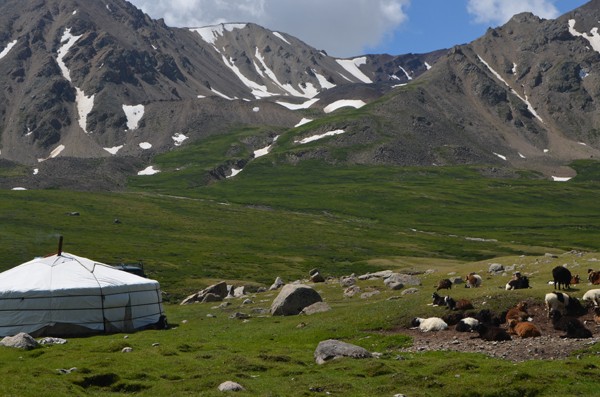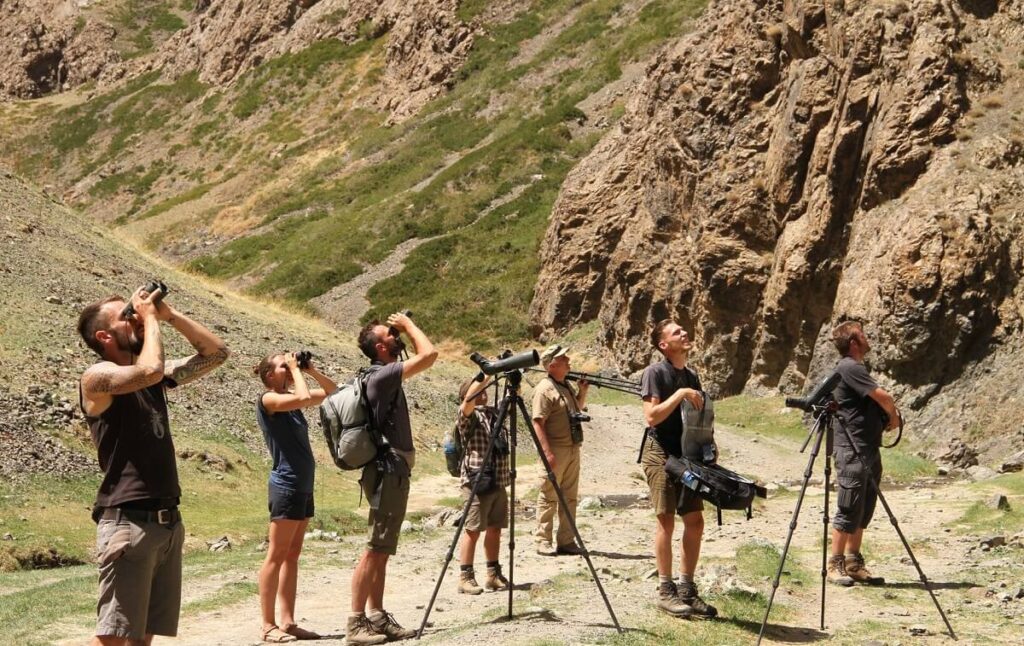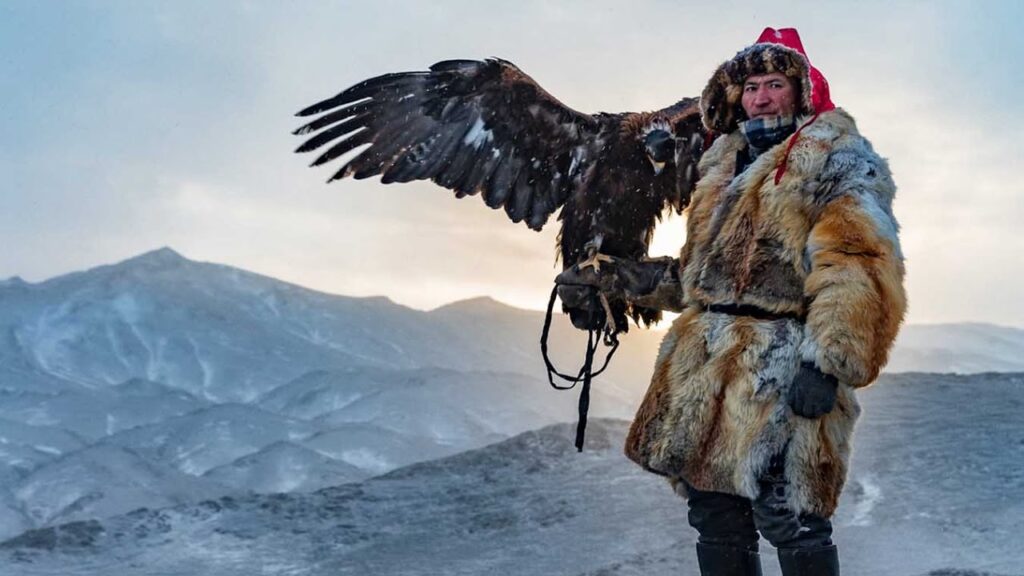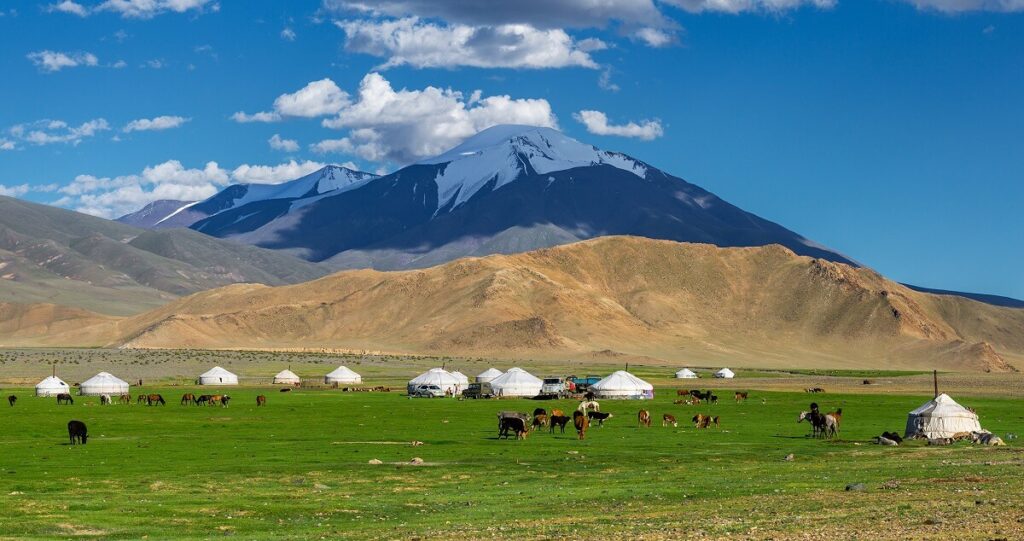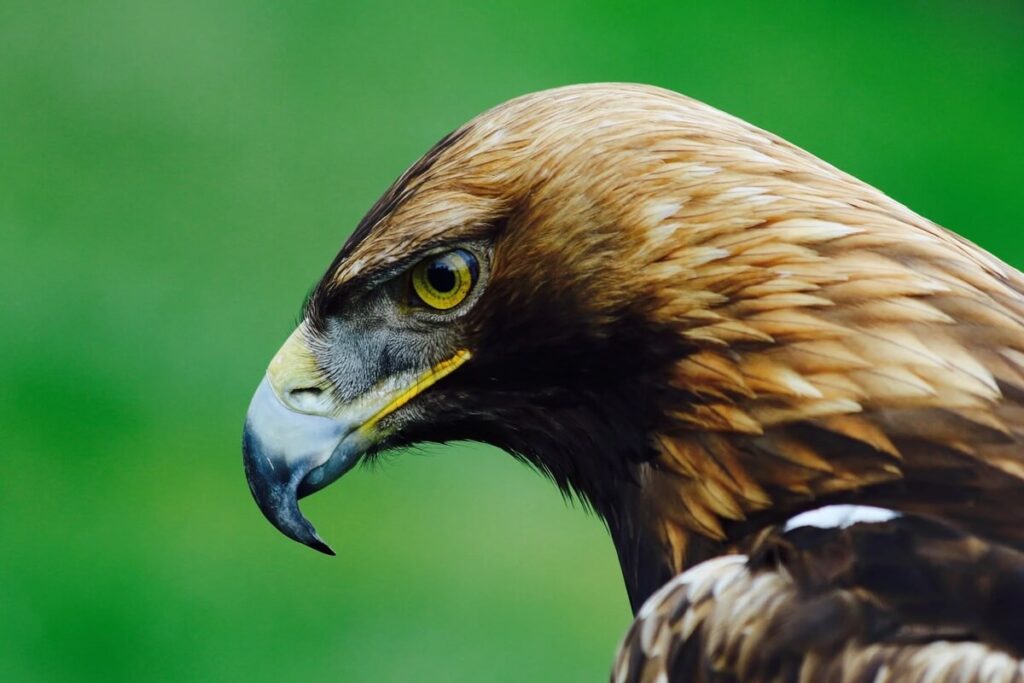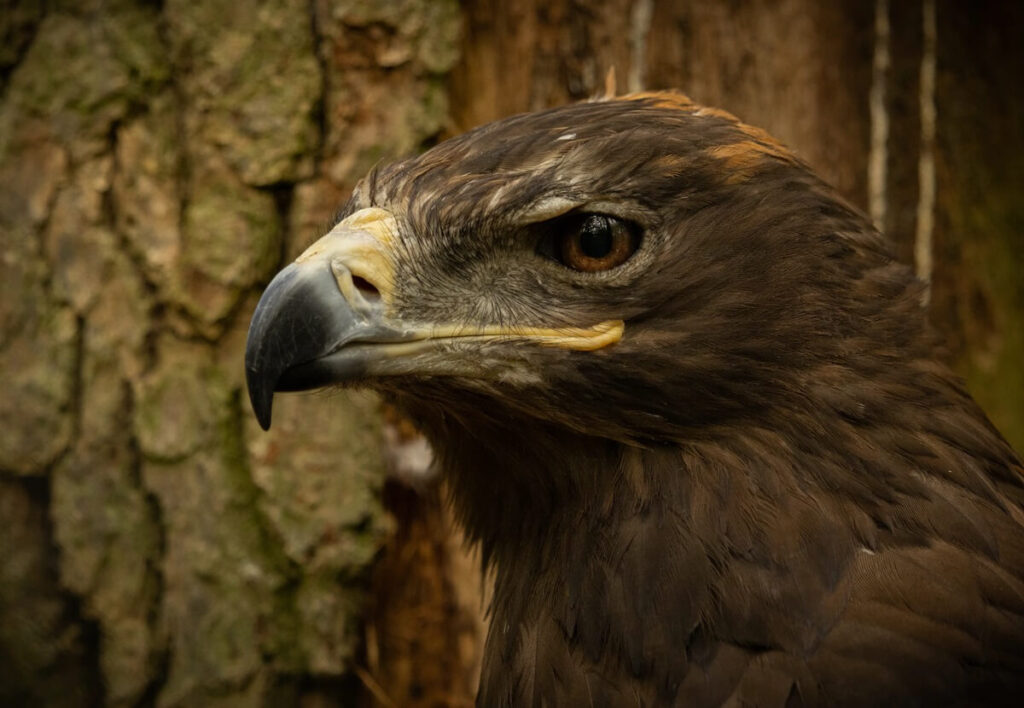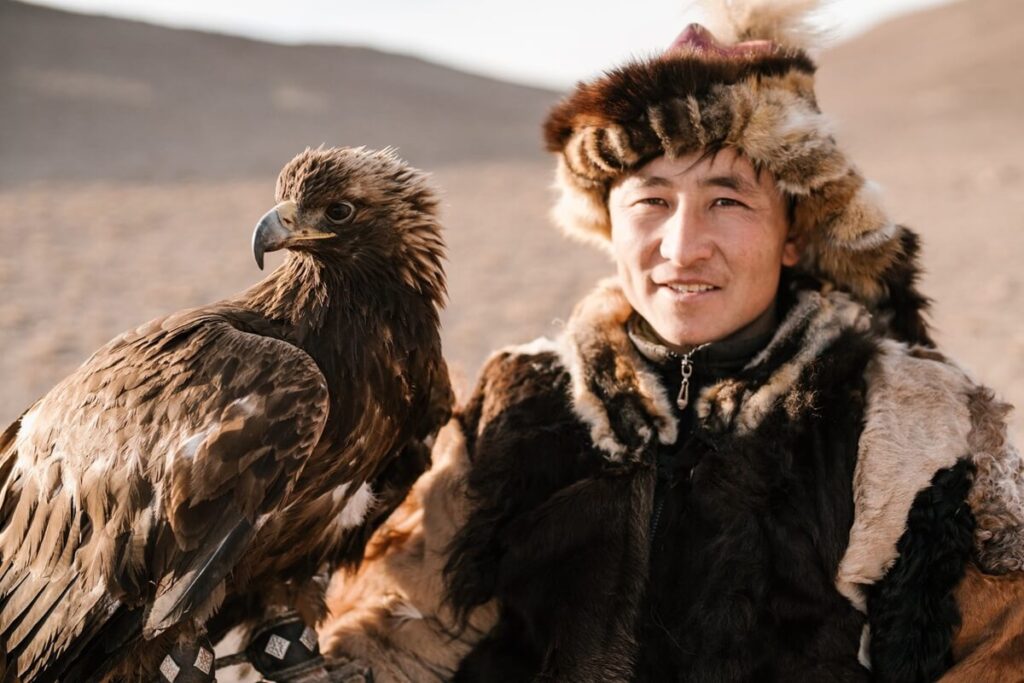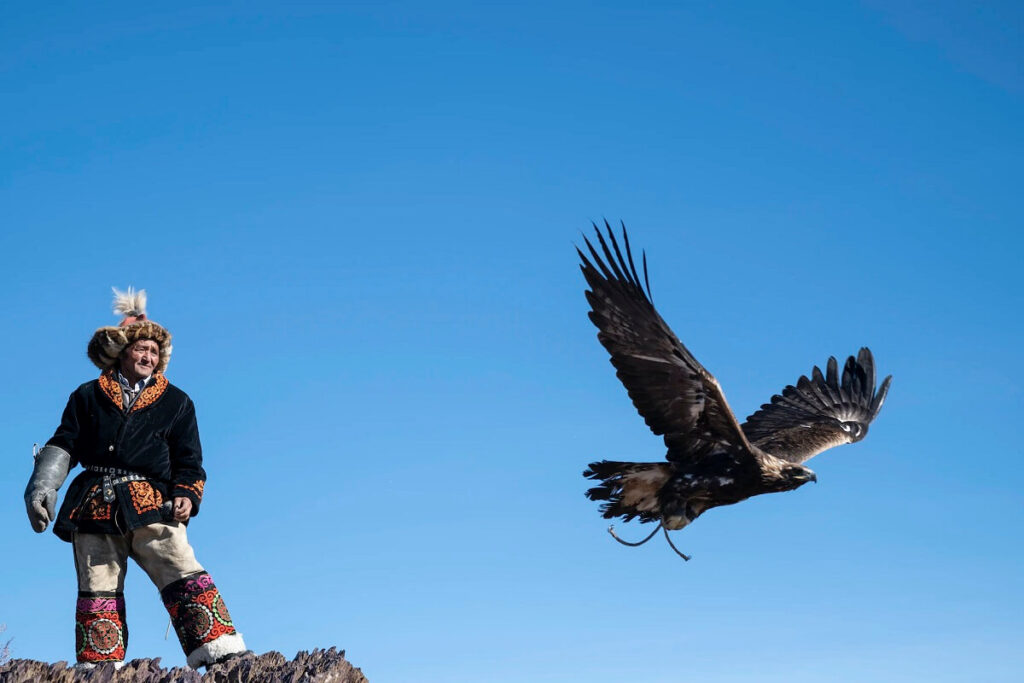In the vast tapestry of human history, few cultures can boast a heritage as rich, diverse, and captivating as that of the Kazakh people. The Mongolian Kazakhs have a history spanning over 130 years, initially linked to China’s Altai Mountains region in the late 19th century, where they migrated from various Kazakh tribes and settled in more than 20 different areas. In this article, we delve deep into the cultural heritage of Kazakh people, exploring their traditions, art, music, cuisine, and more
From the 1930s, Kazakh communities along the Altai border began migrating in groups to Mongolia. Before 1911, during the Bogd Khan’s reign in independent Mongolia, approximately 21,000 Kazakhs from the Naiman tribe lived in border areas. On June 9, 1938, their situation was resolved through the establishment of small communities, and in 1940, the Bayan-Ölgii province was officially founded.
The Mongolian Kazakhs stand out as the only Kazakh group preserving their traditional culture and language. Bayan-Ölgii, Mongolia’s westernmost aimak, is geographically closer to Kazakhstan than Ulaanbaatar, with 90 percent of the population being ethnic Kazakh. Rooted in their nomadic lifestyle, Kazakh traditions encompass yurt construction, horseback riding, and livestock herding, especially of horses, sheep, and camels.
Religion
The majority of Kazakh people in Mongolia practice Islam, mainly following the Sunni Hanafi tradition. Their faith combines Islamic customs with elements of traditional Kazakh animism and shamanism. Mosques serve as pivotal community centers, and Islamic rituals are integrated into cultural practices, particularly during significant life events.
Their nomadic lifestyle influences religious practices, and Mongolia’s religious tolerance enables coexistence with various faiths, including Buddhism, Christianity, and traditional Mongolian shamanism among Kazakh communities.
Language
Kazakh is a Turkic language central to their cultural identity. In Kazakhstan, it is the official state language, influencing the country’s culture, media, education, and administration. In Mongolia, many Kazakhs are bilingual, speaking both Kazakh and Mongolian. Kazakh oral literature, including epic poetry (“dastans”) and storytelling, plays a pivotal role in preserving their history and values, passed down through generations.
Cuisine
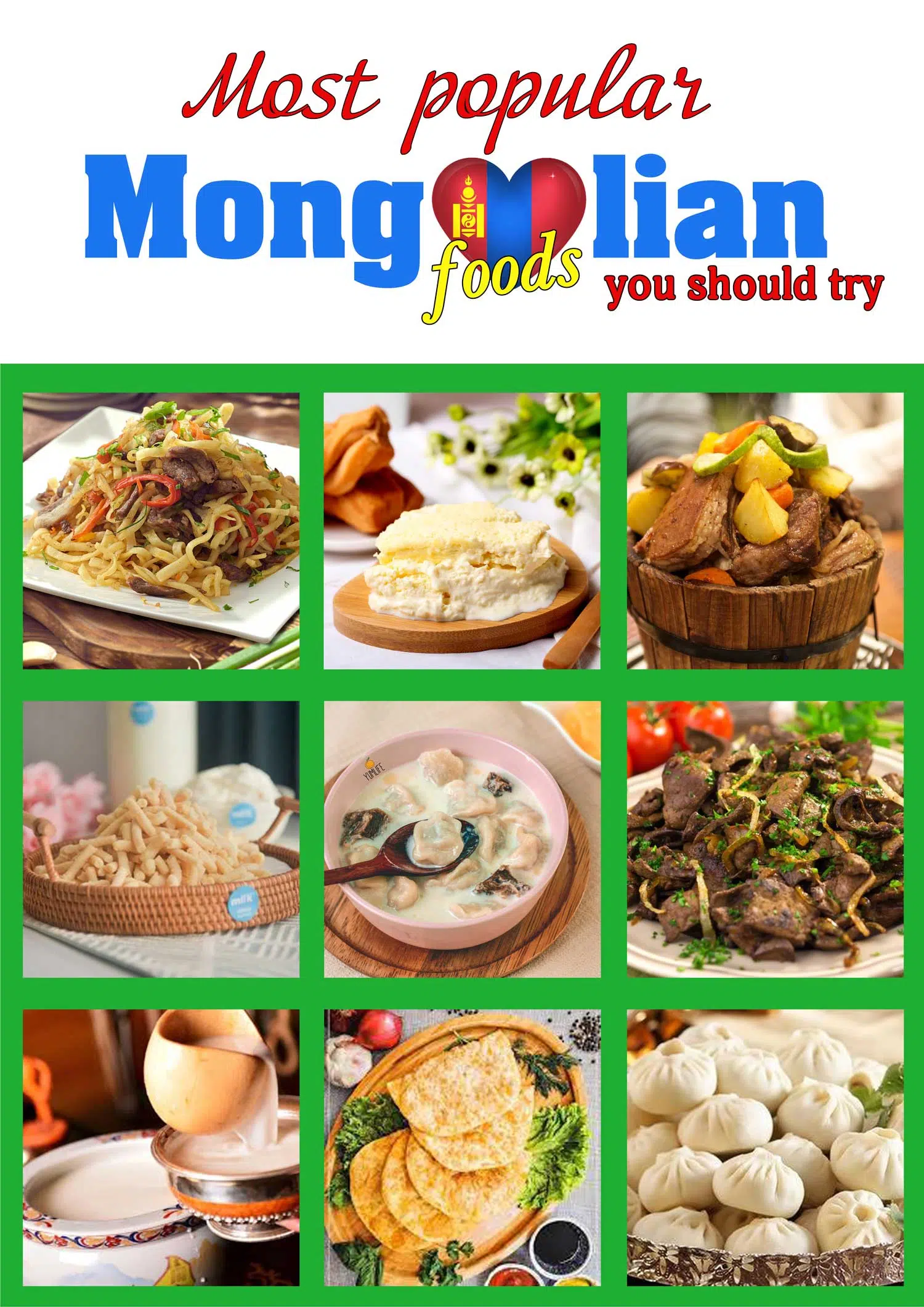
Kazakh cuisine revolves around meat and dairy, with staples like lamb, beef, and horse meat prepared in dishes such as Beshbarmak (boiled meat over noodles) and Manti (dumplings). Dairy products, such as kumis (fermented mare’s milk) and aaruul (dried cheese), are integral. Bread, tea with milk and salt, and traditional sweets like chak-chak complete the culinary landscape. Food embodies Kazakh culture and hospitality, often shared during gatherings and celebrations.
Arts and crafts
The main arts and crafts of Kazakh culture include intricate felt-making and embroidery in textiles, intricate silverwork in jewelry, woodwork for yurt construction, and pottery with vibrant hand-painted designs. Leathercraft produces various items such as saddles, boots, belts, and bags adorned with detailed patterns.
These crafts serve not only as functional pieces but also as expressions of cultural heritage and identity, passed down through generations. They play a vital role in preserving Kazakh traditions and continue to thrive, showcasing the creativity and craftsmanship of the Kazakh people.
Music and dance
Kazakh traditional music features iconic instruments like the dombra, a two-stringed lute, alongside instruments such as the kobyz, sybyzgy, and shankobyz. Their music spans genres from epic “dastans” narrated by storytellers to love songs and lively dances like the eagle dance, kara zhorga, and sheshu, all integral to cultural celebrations and festivals.
Horse Culture
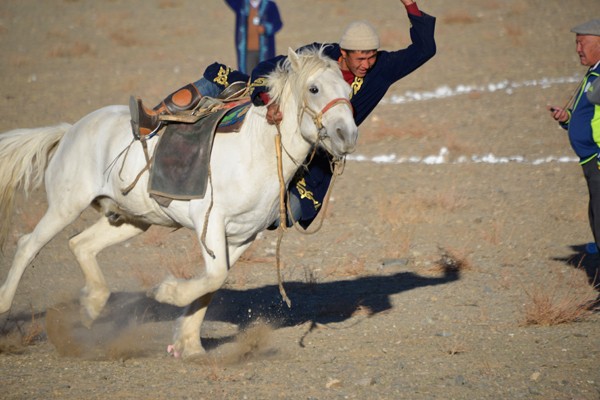
Kazakhs have a deep-rooted tradition of horseback riding. Horses are essential for daily transportation, herding livestock, and traveling vast distances across the steppes. Kazakh riders are known for their equestrian skills, and horseback riding competitions and games are common during cultural festivals. Kazakh equestrian games, known as “Kokpar” and “Kyz Kuu,” are popular traditional sports that showcase riders’ skills and agility.
Eagle hunting
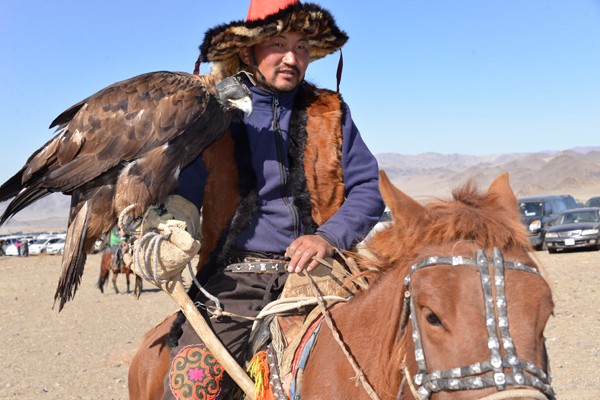
In western Mongolia, particularly among the Kazakh community, the tradition of buckthorn hunting with horses and eagles holds a special place. This practice is not just a hobby; it’s an ancestral heritage that has been lovingly passed down through generations. From a young age, Kazakh children are introduced to the world of eagle training and scouting.
The cultural heritage of the Kazakh people stands as a testament to their resilience, adaptability, and the preservation of traditions evolving over centuries of nomadic life in Central Asia’s vast steppes. This heritage comprises a rich tapestry of customs, art, and beliefs, continuously shaping the identity of the Kazakh people today.

